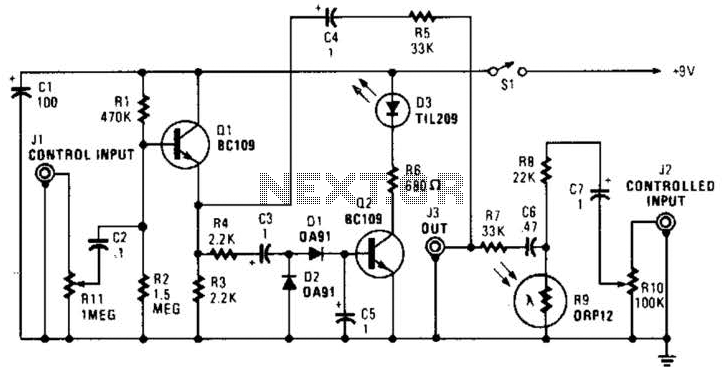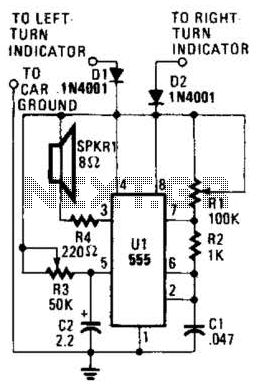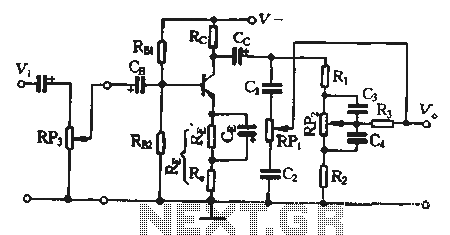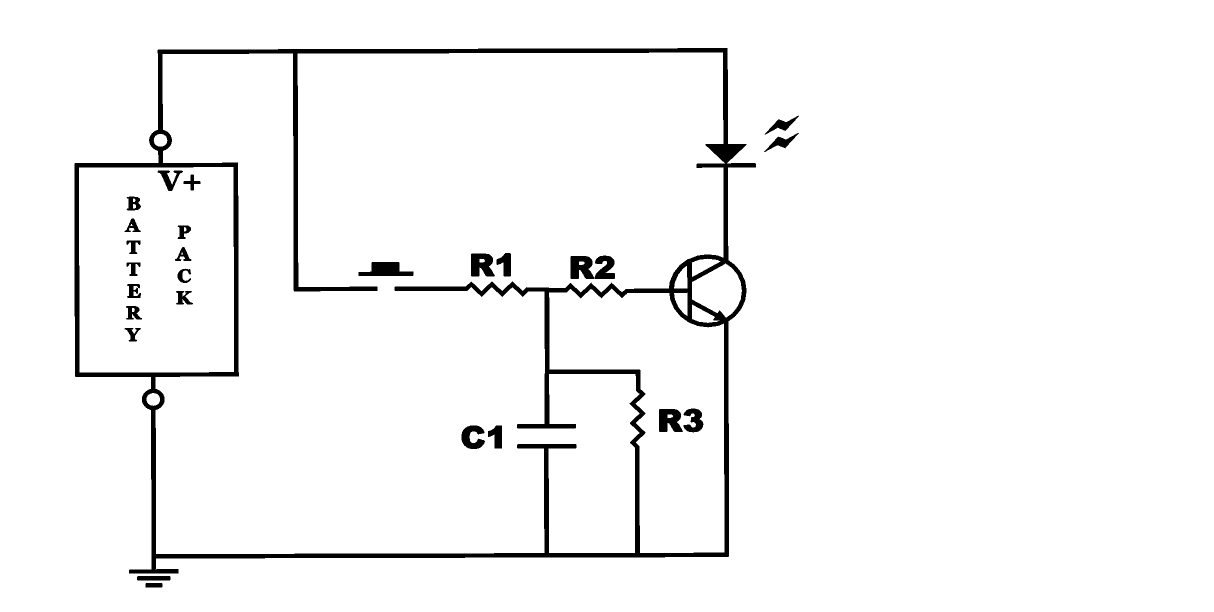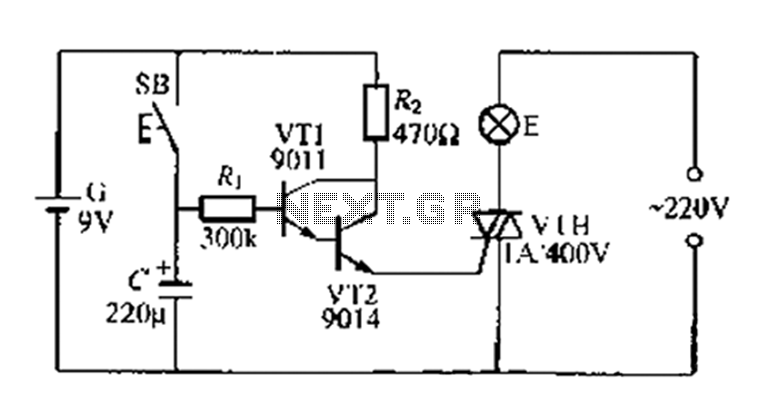
Auto battery current analyzer
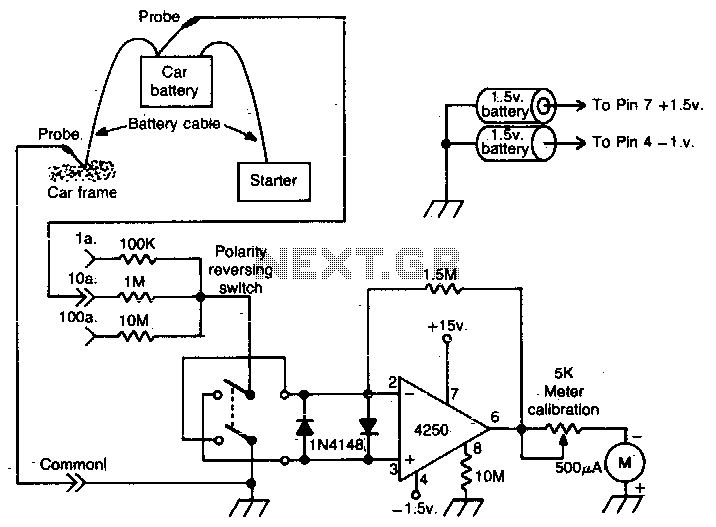
This operational amplifier (op-amp) analyzer is designed to measure the current drawn by any device in a vehicle. It operates by detecting the minute voltage that develops across the battery cables when current flows.
To calibrate the unit, the current flow should be measured at a specific location in the vehicle using a precise ammeter. Subsequently, the analyzer should be adjusted to match that current reading.
The op-amp analyzer utilizes a high-gain operational amplifier configured in a differential mode. This configuration allows for the accurate detection of small voltage differences, which is essential for measuring the low-level voltage generated across battery cables due to current flow. The input stage of the analyzer is connected to the battery terminals, where the small voltage drop is sensed.
The output of the op-amp is then processed, often through an analog-to-digital converter (ADC), to produce a readable current measurement displayed on an LCD or LED screen. This output can also be interfaced with a microcontroller for further data logging or analysis.
For calibration, it is crucial to ensure that the ammeter used for reference is both accurate and properly rated for the expected current range. The calibration process involves comparing the output of the analyzer against the reading from the ammeter and adjusting the gain of the op-amp until both readings align. This ensures that the analyzer provides accurate current measurements across various devices within the vehicle.
Additional features may include a low-pass filter to reduce noise, ensuring that the readings are stable and reliable. The design may also incorporate protective elements such as fuses to prevent damage to the analyzer from overcurrent conditions. Overall, this op-amp analyzer is a valuable tool for automotive diagnostics, allowing for precise monitoring of electrical consumption by various devices in a vehicle.This op-amp analyzer can measure the current drawn by any device in a car. The analyzer works by measuring the very small voltage that develops across the battery cables when current flows To calibrate the unit, measure the current flow somewhere in the car with an accurate ammeter, then adjust the analyzer for that current reading. 🔗 External reference
To calibrate the unit, the current flow should be measured at a specific location in the vehicle using a precise ammeter. Subsequently, the analyzer should be adjusted to match that current reading.
The op-amp analyzer utilizes a high-gain operational amplifier configured in a differential mode. This configuration allows for the accurate detection of small voltage differences, which is essential for measuring the low-level voltage generated across battery cables due to current flow. The input stage of the analyzer is connected to the battery terminals, where the small voltage drop is sensed.
The output of the op-amp is then processed, often through an analog-to-digital converter (ADC), to produce a readable current measurement displayed on an LCD or LED screen. This output can also be interfaced with a microcontroller for further data logging or analysis.
For calibration, it is crucial to ensure that the ammeter used for reference is both accurate and properly rated for the expected current range. The calibration process involves comparing the output of the analyzer against the reading from the ammeter and adjusting the gain of the op-amp until both readings align. This ensures that the analyzer provides accurate current measurements across various devices within the vehicle.
Additional features may include a low-pass filter to reduce noise, ensuring that the readings are stable and reliable. The design may also incorporate protective elements such as fuses to prevent damage to the analyzer from overcurrent conditions. Overall, this op-amp analyzer is a valuable tool for automotive diagnostics, allowing for precise monitoring of electrical consumption by various devices in a vehicle.This op-amp analyzer can measure the current drawn by any device in a car. The analyzer works by measuring the very small voltage that develops across the battery cables when current flows To calibrate the unit, measure the current flow somewhere in the car with an accurate ammeter, then adjust the analyzer for that current reading. 🔗 External reference
Warning: include(partials/cookie-banner.php): Failed to open stream: Permission denied in /var/www/html/nextgr/view-circuit.php on line 713
Warning: include(): Failed opening 'partials/cookie-banner.php' for inclusion (include_path='.:/usr/share/php') in /var/www/html/nextgr/view-circuit.php on line 713
